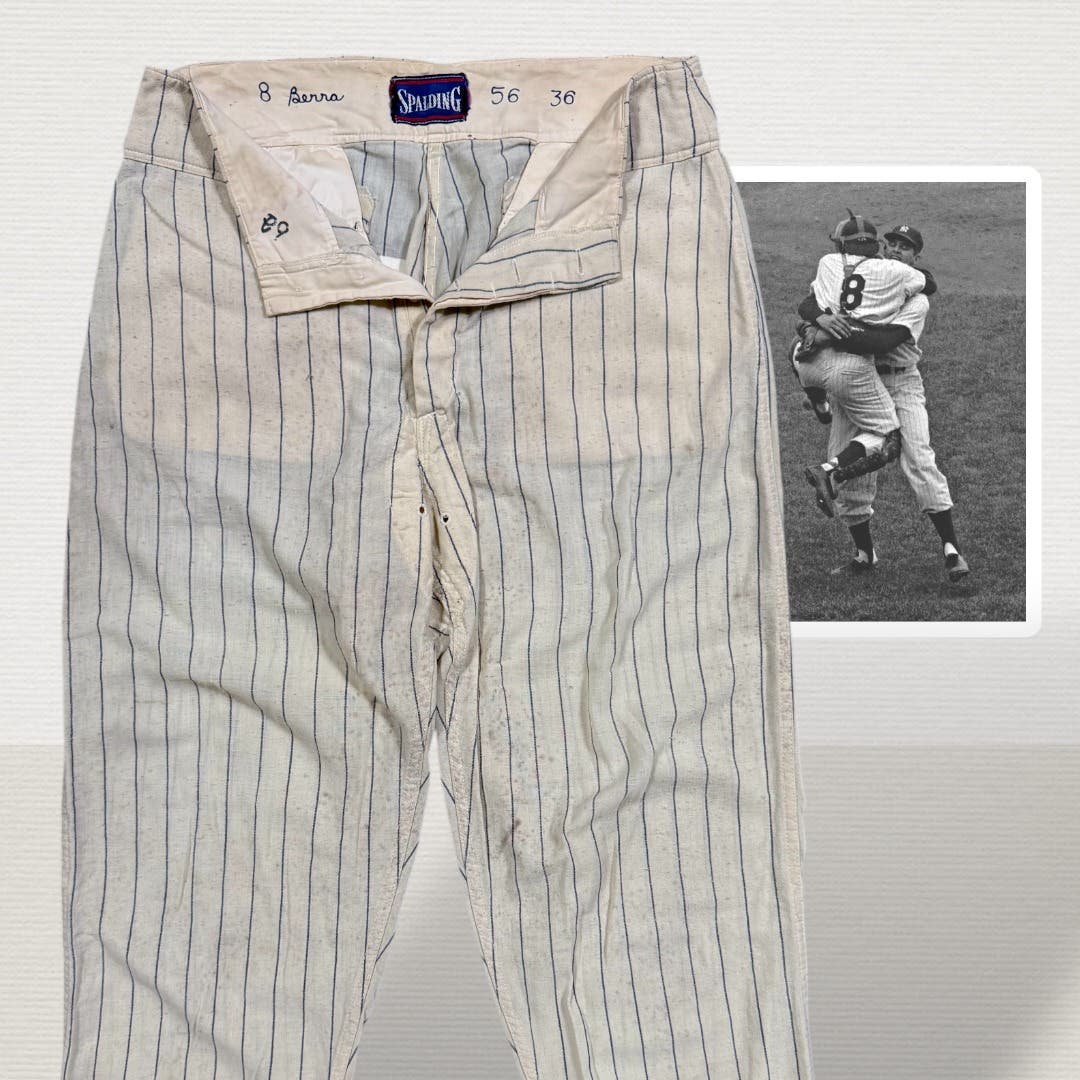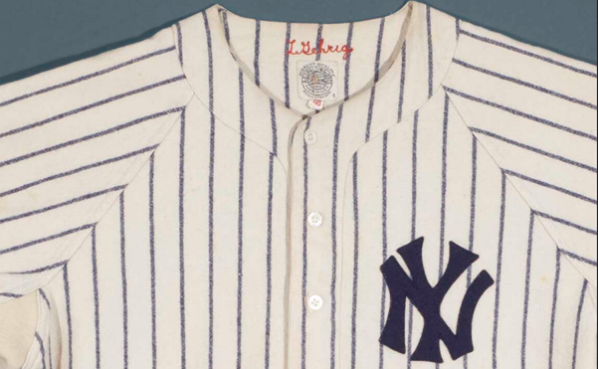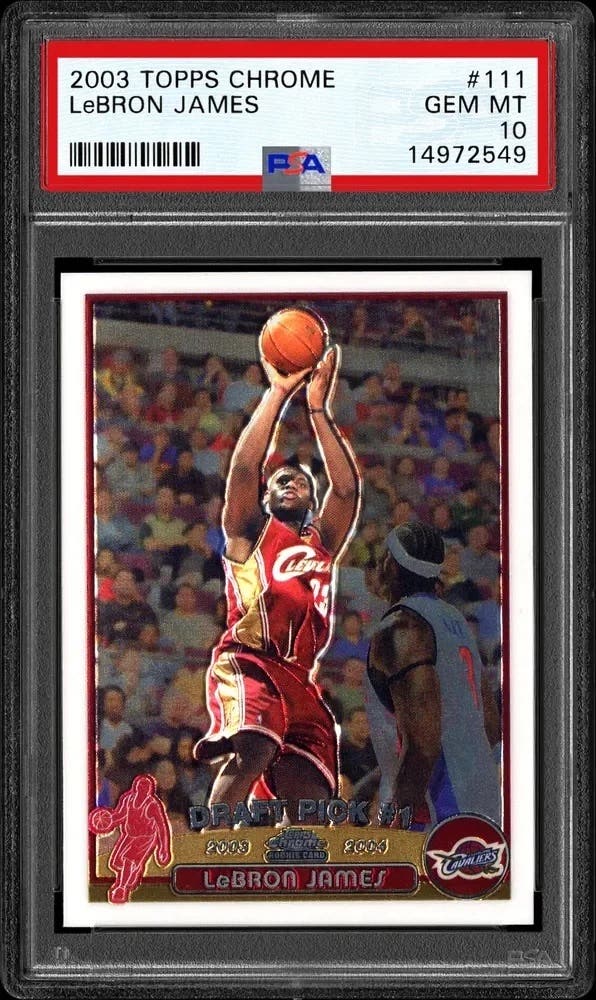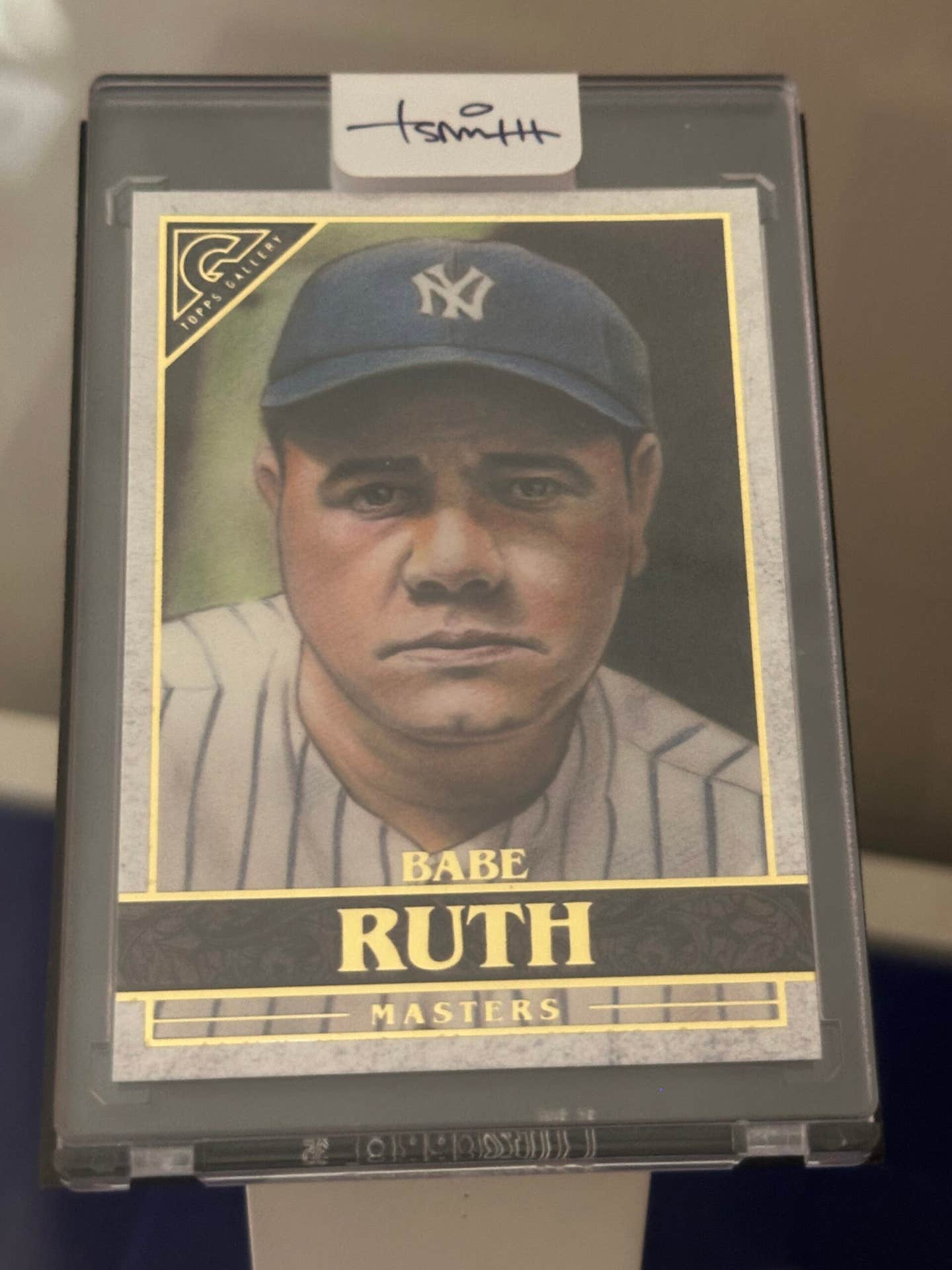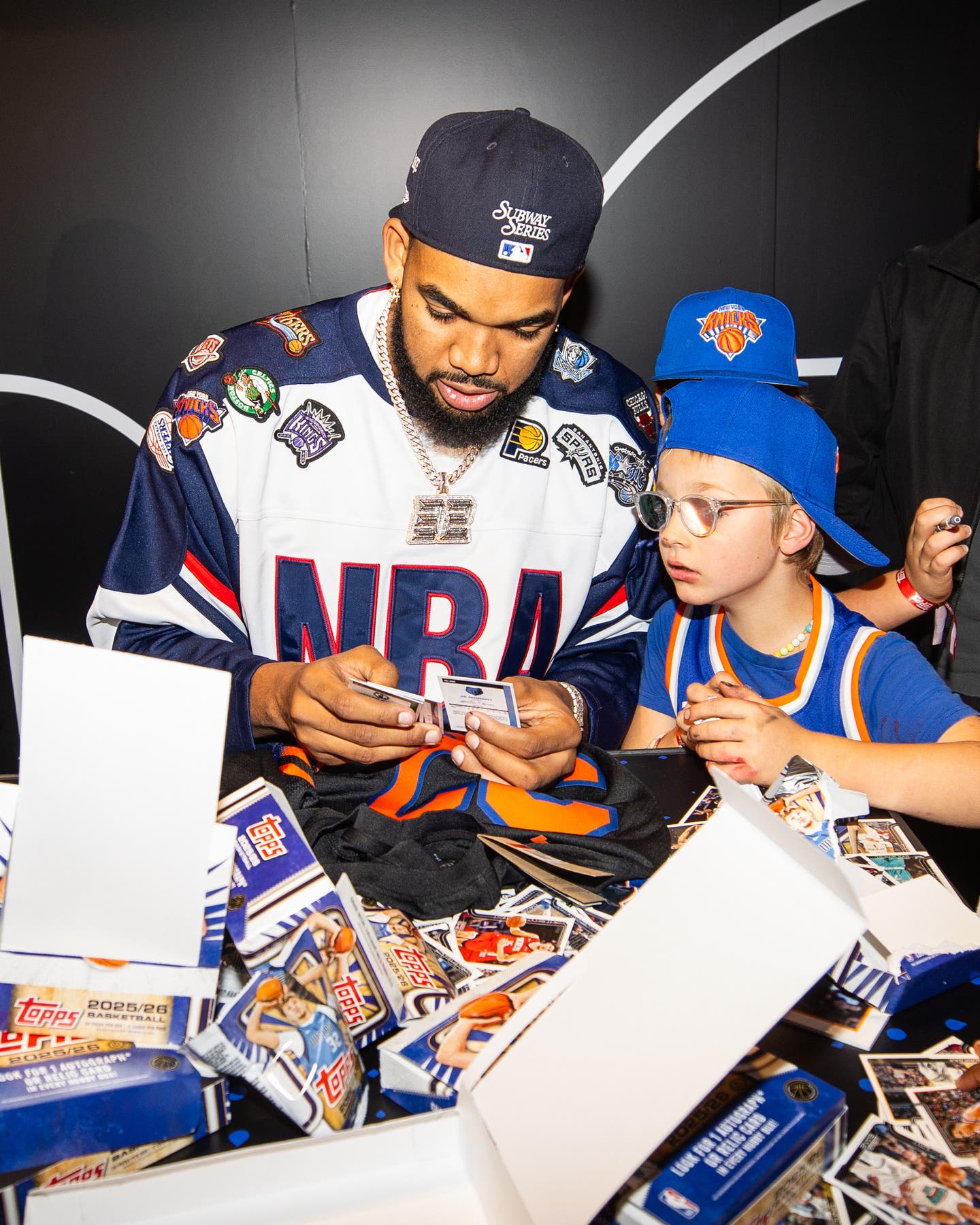News
Kansas City Story sparks fond memories
One of the best things about writing Stadia features for SCD these many years (17 and counting!) is the responses I’ve received from both collectors and baseball history buffs from as far away as the island of Cuba who love to share their recollections of the old parks and the special memories they held. As I’ve said many times, Stadia evokes strong feelings in its collectors. Just sitting in a vintage ballpark seat can conjure the sights, sounds and smells of a special day with your dad or buddies or significant other that was spent rooting for the home team.
I have to admit, though, that I was quite (pleasantly) surprised to find that one of the most arguably obscure old parks I’ve written about – Kansas City Municipal Stadium – brought forth an outpouring of e-mails and correspondence that has been most satisfying and keeps me doing what I do: telling the stories of venues that exist mostly in our memories.
I’ve decided to spotlight a few so you can get an idea of how important and vivid these recollections are to those who cherish them.
Taking the train to K.C.
The first e-mail came from Richard Cole, a native now of Texas but an Oklahoman in the 1950s when the A’s played at KC Municipal:
I read with interest your story in SCD about Kansas City Municipal Stadium and it brought back memories.
When the Philadelphia A’s moved to Kansas City in 1955, I lived in Stigler, Okla., and was 11 years old. The St. Louis Cardinals were the biggest thing in Oklahoma at that time and most Oklahomans were Cardinal fans, except for the ones who were fans of the New York Yankees since Mickey Mantle was from Oklahoma.
Though we had taken family vacations to St. Louis in 1953 and 1954 to see the Cardinals play and were National League and Cardinal fans, it was exciting to have the American League suddenly so close to Oklahoma.
A promoter decided to tap into this interest with the Oklahomans. He rented a train, the “Baseball Special,” to go from Muskogee, Okla., to Kansas City which fans could ride to see the A’s play. The first trip was in the A’s first season in Kansas City, 1955, New York Yankees and the A’s.
My father and a friend of his decided to take some boys from Stigler and make the trip. There were four boys and the two men. We left our home in Stigler at 5a .m., and drove to Muskogee, arriving around 6 a.m., then boarded the train along with many other fans from eastern Oklahoma. We rode the train six hours to Kansas City. It was quite a thrill for all us young boys who had never ridden on a train before.
Upon arriving in Kansas City, the train was met by many busses, which transported the fans to Municipal Stadium. There was a very festive atmosphere. I remember our bus stopped at a red light and when I looked out the window, there was Hugh O’Brien in his Wyatt Earp costume sitting in a convertible next to us. Wyatt Earp was a new and very popular television Western at the time.
We arrived at Municipal Stadium, went in, and sat along right field in the lower deck. Hugh O’Brien was in the opening ceremonies and shot off his pistols. Mickey Mantle played, doubled in the late innings and Yogi Berra hit a home run to win the game for New York. Don’t remember if the score as 2-0 or not, but I think so.
After the game, we rode the busses back to the train station, boarded the train and went back to Oklahoma. Got back around midnight, then drove back to Stigler, arriving about 1 a.m. In one day we rode a train to Kansas City and back, watched the Yankees and Mickey Mantle and saw Hugh O’Brien. We were tired but still excited by it all.
We did the same thing the next year in 1956, and saw the Boston Red Sox and Ted Williams play. I think we did it in 1957 also. In 1958, we drove to Kansas City as there was no “Baseball Special” anymore. I guess the eastern Oklahomans had become sated with American League baseball. Gus Zernial hit a home run in 1956 and he was always a favorite of mine after that. We stopped going to games in Kansas City and St. Louis after 1958 and went on vacations to other places. Maybe my mother wanted to see things besides a ball game.
I still have the scorebooks from those games as well as the scorecards from St. Louis in 1953, 1954 and 1956. I was devastated when the Cardinals traded Enos Slaughter to the Yankees in 1954. One thing I remember about the games is the players left their gloves in the field after they retired the side and Red Schoendienst tossing his glove out in right field.
I remained a steadfast Cardinal fan but also adopted the A’s. When the A’s moved to Oakland, my enthusiasm for the team [did] not follow them, nor have I taken up with the Royals. The Kansas City A’s remain my team. To a lesser degree the Cardinals will always be a favorite, but since I have lived in Houston since 1969, the Astros take precedence.
I think it’s pretty cool that Richard held onto those scorebooks and scorecards all this time. In the hobby world they might not be worth a lot, but they are probably priceless to him.
Picnic area and zoo
Next up was an email from Bobby Day, who is a longtime KC radio personality (he can currently be heard on “oldies” station 94.9/KCMO in Kansas City). As we can see, KC Municipal held more interest for Bobby than just sports:
As a fan of the Kansas City A’s I sincerely enjoyed reading your article in “Sports Collectors Digest” about Municipal Stadium. I attended many A’s games at Municipal plus Chiefs games too, including the famous Christmas Day 1971 game between the Chiefs and Miami. Here are a few “random memories” I have about Municipal Stadium.
I recall the “picnic area and zoo” being located behind the seats next to the grandstands down the left field line. Behind the fence in right field, there was a grassy hill that extended from the right field foul pole to right-center and for a period in K.C. A’s history, sheep would graze on that spot (called Lamb Chop Hill) that also included a shepherd!
On the front of the ticket for the concert by The Beatles at Municipal Stadium on September 17, 1964, the name “Charles O. Finley” appeared at the top of the ticket. What you might not be aware of, on the back of the ticket, there is a photograph of Mr. Finley wearing a Beatles wig and the caption says, “YEAH YEAH! YEAH! Today’s Beatle’s Fans are Tomorrow’s Baseball Fans.” Just below that is the signature of Charles O. Finley with the title “President”. In 1964, I was a big fan of both the A’s and The Beatles. And yes, I’m still a fan of both today!
Thanks again for spotlighting a stadium here in Kansas City, which has been the site of many memorable events.
As a huge Beatles fan myself, I enjoyed Bobby’s letter and was reminded that many of our legendary sports shrines played host to a plethora of non-sporting events throughout their seasons. I always try to make mention of these in my articles, though sports is obviously the focus.
History lesson
Following Bobby was David Starbuck, Vice President/Secretary of the Kansas City Baseball Historical Society, who wrote to me in early April telling of his organization’s website (www.kansascitybaseballhistoricalsociety.com) and requesting permission to include my SCD article in their online newsletter. I referred David to editor T.S. O’Connell, who graciously agreed. If you get a chance, take some time to check out this great website. It’s a first-class production that came about after a 2008 reunion of some 25 former players of the Kansas City A’s, which drew a significant number of fans who started kicking around the idea of an organization that would spotlight Kansas City’s rich baseball history, which included the Minor Leagues, Negro Leagues and Major Leagues, from the 1880s to today. In the fall of 2008, the Kansas City Baseball Historical Society was formed and registered as a not-for-profit organization in the state of Missouri. Their mission statement is “to promote the exchange of baseball history to all fans of Kansas City baseball.” If you’re into the Monarchs, Athletics or Royals, this may be the club for you! (On the heels of my correspondence with KCBHS, I was contacted by a film producer who’s doing a documentary on the KC Athletics, which was another cool link to the article.)
Collector/KC enthusiast Bob Miller from Independence, Kan., then provided a pleasant surprise in my mailbox one day when he sent me a CD of some 224 images of Kansas City A’s items in his collection, including autographed player photos, cards, yearbooks and scorecards, ballpark photos and other collectibles such as pins, jerseys, caps and even a yellow riser mount seat. Quite an assemblage!
More recently, I heard from Sedalia, Mo., (an hour east of KC) collector Tom Knight who managed to acquire some of the elusive KC Municipal collectibles I alluded to in my feature. He said:
I have a few American Seating Company free-standing, curved-back unrestored seats. I also have a metal ticket sign, displaying the Chiefs’ current ticket prices.
Several of the seats went to a park in Westin, Mo. I think they were moved by the Westin Jaycees. Westin is a little north of Kansas City and is home to McCormick Distillery.
Nancy Finley (Charlie’s niece) sent me the original 1964 statement of accounts from the Kansas City Athletics. She lives in Dublin, Calif. Her dad (Carl, Charlie’s brother) was the business manager for the A’s.
I do have some unusual prints from Municipal Stadium, e.g. sheep behind the outfield wall, with A’s painted on them. I would be happy to share them with you, if you would like. One other mention, George Toma was the head groundskeeper there. He still lives in Kansas City, and has been the groundskeeper for every Super Bowl, after being hired by Pete Rozelle in the ’60s.
Tom, who worked on major League Baseball front offices for the Cardinals and Royals, has a website with his partner, artist Garnetta Sullivan, called HistoricStadiumCollectibles.com, which incorporates vintage wood from seats of old-time ballparks into such items as ink pens, key chains, money clips and the like. He was kind enough to send along photos of both free standing and riser mount KC seats.
Doc Ewell
Speaking of collectibles, I will pass along a correspondence from James F. Ewell of Sarasota, Fla., whose father was Jim “Doc” Ewell, trainer for the KC Athletics from 1955-61. Jim has some A’s memorabilia for sale that might interest KC A’s enthusiasts, including:
• 1955 KC Athletics yearbook with 20+ signatures including Lou Boudreau and Bobby Shantz
• Municipal Stadium (blue) drinking glass tumblers
• Certificate of Appreciation awarded to Roy Herbert (each player received one) signed by KC district officials on parchment, with a gold stamp and red ribbon.
If you’re interested, contact me and I’ll put you in touch with Mr. Ewell.
Junior Booster
Finally, I received a letter from Ron Shiffler of Medford, Wis., who sent me a photo of his KC Royals memorabilia with the following text:
I enjoyed your article on KC Municipal Stadium. I was 11 when the A’s moved to KCc, so grew up with them…my first A’s game they lost 29-6 to the White Sox!
In ’55 I was a “junior booster”, perhaps run by the YMCA, where kids went down for three or four weekday games during the summer. In high school we could be excused for opening day, so my friend and I saw Gary Bell shut out the A’s. After the game we went down on the field and I got my only autograph ever as Bell was walking off the mound at the end of the game. (We could walk out and exit from center field to get to our cars parked in the lot.)
Somebody put out a 25-card set of the demolition of the stadium sometime in the mid ‘70s.
Thanks for the article.
That’s the first I ever heard of a “stadium demolition set”! I’d like to know if any collectors know of or have seen the set Ron alludes to.
Update on New York Stadiums
While we’re on the subject of news related to past SCD features, here is an update on last summer’s New Yankee Stadium/Citi Field article.
At the time of the writing (June 2009) the Yankees had settled comfortably into their new cathedral, and were working their way toward their first World Series title since 2000. I was fortunate enough to attend another game after the one highlighted in the article, and it was a memorable affair- for on Sept. 11, 2009, I was able to witness the breaking of Lou Gehrig’s all-time Yankee hit total by Derek Jeter. It was a rainy night where the start of the game was pushed back, but in the end I was glad I braved the elements and saw some Yankee history (though I must admit that it seems like every time on of the Bombers’ “Core 4” of Jeter, Posada, Petitte and Rivera sneezes he passes some kind of Yankee milestone due to the quartet’s incredible longevity).
But that’s not what I’m keying on here. In my article I mentioned that the “old” Yankee Stadium sat in mute silence across 161st street, awaiting demolition while seemingly every artifact inside would be removed, cataloged, and then sold by Steiner Sports, the Yankees’ chief memorabilia outlet. Well, on May 9, 2010 the final section of the old ballpark came crashing down as a group of fans braved the 8 a.m. rain to see the seven-story concrete and steel structure toppled. This rubble would eventually be cleared away to provide space for the promised replacement, Heritage Field, a facility that will provide recreation for residents of the South Bronx. (There had been a movement to save one of the original entrances but that never panned out).
As for Citi Field, my one gripe with the place was that although it was classy in every way (more of a ballpark than a shrine/museum, which the Yankees produced) it was woefully lacking in paying homage to Mets history. Apparently, thousands of Mets fans agreed, and this grousing became even more pronounced as the club endured a horrific season fraught with mysterious injuries and questionable play, not to mention residual disappointing attendance. And so, I was delighted to learn that the Mets came up with the idea to add some sense of history to their new digs.
First and foremost, a Mets Hall of Fame and Museum was created, adjacent to the Jackie Robinson Rotunda on the first base side. Described by the Mets as “a spectacular attraction for all generations of Mets fans…the 3,700 square-foot space features artifacts from special Mets moments, interactive kiosks that allow fans to scroll through memory lane and highlight videos celebrating the Mets’ biggest feats.” On display are the World Champion trophies of 1969 and 1986, and plaques for each member of the Mets HOF. Also, the “Ebbets Club” has been changed to the “Champions Club.” Bravo to Mets management for heeding the pleas of their fans.
Museum Calls
Finally, for the second time (the first was way back in the early ’90s) I was afforded the opportunity all collectors must secretly desire – to see their “stuff” in a museum!
The Fairfield (Conn.) Museum and History Center, a recently completed modern structure in the Historic District of our town, approached me last winter with a request that I contribute artifacts for an exhibit that would run from June 2010 to January 2011. It sounded like a cool idea, so I invited the curator, Adrienne St. Pierre, over to visit my mini-Cooperstown and pick out what she wanted to use for the exhibit, which would take over roughly half the square footage of the museum.
The exhibit, titled “It’s a Hit ... A Hometown View of Our National Pastime” was designed to bring the color, drama and excitement of baseball history to life. Made possible through a grant from the Connecticut Humanities Council and corporate sponsors such as General Electric, it features photographs, memorabilia, equipment, uniforms and more from both private collections of fans like yours truly, the National Baseball Hall of Fame, and the Library of Congress.
It was while picking out items with Adrienne that I was enlightened as to my area’s place in baseball history. Of course, it all started with Bridgeport native James “Orator” O’Rourke, a Hall of Famer for the New York Giants in the 1800s. (You may recall that I did an article on the “vintage baseball” Orators team a couple years back, for whom I ended up playing second base in ’08 and ’09). But there are other area luminaries featured such as Walt Dropo (Red Sox), Spec Shea (Yankees), Jimmy Piersall (Red Sox), Rico Brogna (Mets), Charles Nagy (Indians), and manager Bobby Valentine, as well as Rufus Baker, who played shortstop for the New York Black Yankees and graduated from Fairfield Ludlowe High School right here in town. Our local minor league team, the independent Bridgeport Bluefish, is well represented with memorabilia lent by both the ballclub and manager Willie Upshaw (Blue Jays), an area resident.
[Author’s Note: While Bobby Valentine (of Stamford, Conn.) is generally regarded as the best pro prospect from these parts to make it to the big leagues (he also was offered college football scholarships galore) before a horrific broken leg sustained while playing outfield for the California Angels cut short a promising playing career, I suggest that if you want to read about another would-be phenom from my backyard (Bridgeport) who attended high school (Fairfield Prep) in my town read A False Spring by Pat Jordan. First published in 1973 when I read it as a high-schooler, A False Spring chronicles the minor league odyssey of Jordan, a nearly unhittable prep star who was signed by the then-Milwaukee Braves to be the next Warren Spahn. This starkly realistic, sometimes humorous, often achingly sad memoir follows his path up, and then to the bottom, of the Braves system in the early ’60s where he was at times teammates with such later luminaries as Phil Neikro and Joe Torre. I’ve read literally hundreds of baseball books in my life, but for the honesty and quality of prose Jordan employs, it is simply one of the best-ever looks inside the game. Check it out – you won’t be disappointed.]
Anyway, I ended up donating a complete early 1900s flannel uniform, various gloves and catcher’s masks, some board games and baseball cards, and a pair of Shibe Park “ribbon end” seats from 1909. It was really cool to go to the opening and see these artifacts in glass display cases with nicely done placards announcing that they’d come from my collection. I would hope that my fellow collectors out there take advantage of similar opportunities should they come up (though I’d beware of donating to private for-profit museums like the one that went belly-up in New York City from which donors had a devil of a time getting their stuff back!).
Well, that’s about it for now…who knows in which direction our wonderful hobby will take me? Whatever the case, you’ll be the first to know. Until next time, please stay seated!
Collectors can contact Paul Ferrante at 23 Benedict Avenue, Fairfield CT 06825 or email him at baseballjourney@optimum.net



